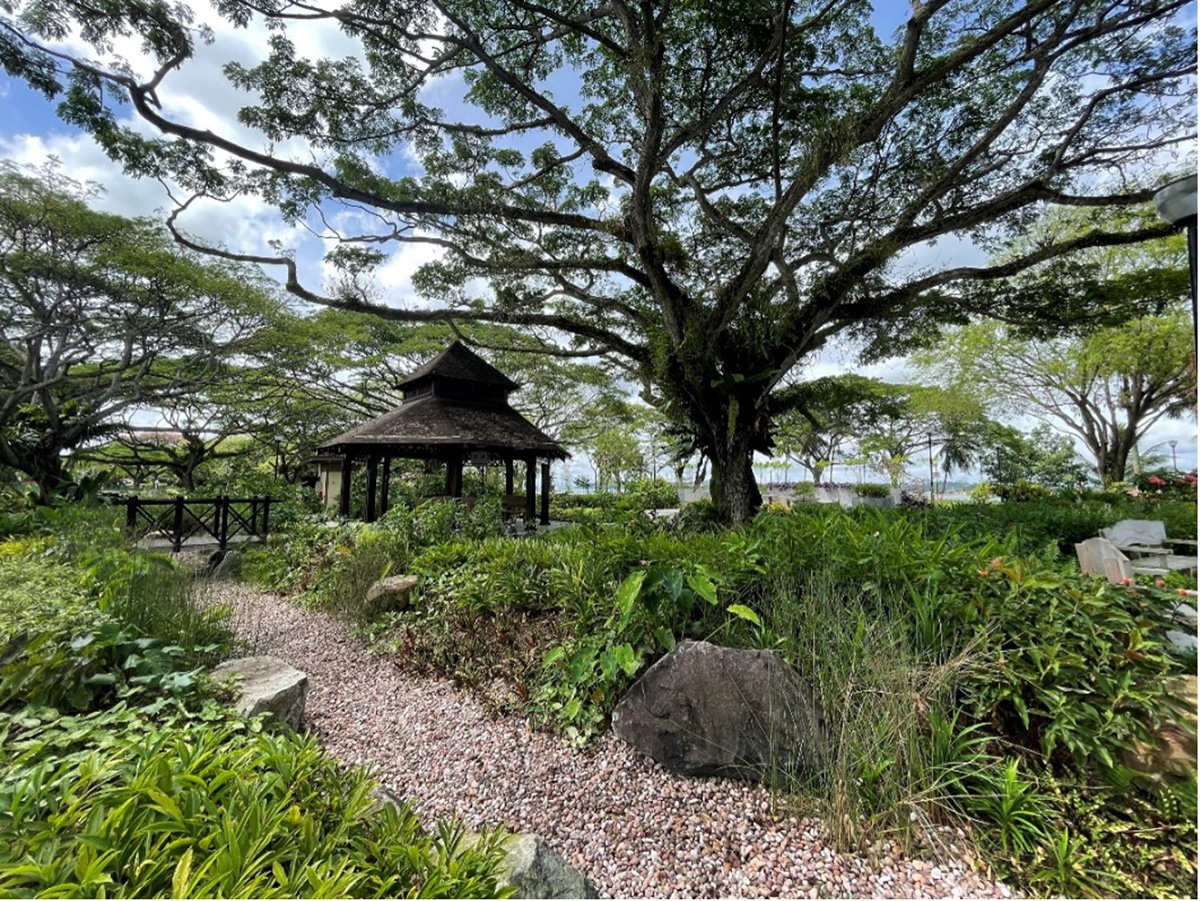Here’s Why Seniors Should Visit Therapeutic Gardens In Singapore
We spoke to Maxel Ng, Deputy Director of Community Horticulture from National Parks Board (NParks), to find out why therapeutic gardens – and therapeutic horticulture programmes – are beneficial to seniors.

Mr Maxel Ng
Deputy Director (Community Horticulture)
National Parks Board (NParks)
"1. What are Therapeutic Gardens and therapeutic horticulture programme?"
 Answer:
Answer:
Therapeutic Gardens are outdoor gardens designed to meet the physical, psychological, and social needs of park users, incorporating design principles derived from scientific evidence. Therapeutic horticulture programme is an engagement activity that uses gardening and nature-related craft to enhance well-being of participants.
NParks has been spearheading the development of therapeutic pocket gardens as part of a community-based solution to enhance our parks and bring about optimal restorative benefits for users, while meeting the diverse recreational and wellness needs of the community.
"2. Why did NParks decide to introduce Therapeutic Gardens in the parks and what are its benefits?"
 Answer:
Answer:
Studies conducted by NParks found that visiting therapeutic gardens and participating in therapeutic horticulture programmes boast many benefits, such as reducing depression, as well as improving immunity, social connectedness, and cognitive functions, and maintaining psychological health. Based on surveys conducted by NParks with senior participants of the therapeutic horticulture programmes, we found that most of them appreciated the invigorating environment of the therapeutic gardens. They also shared that their mental state improved when they visited the therapeutic gardens and participated in these programmes.
This echoes NParks’ research findings, which found that therapeutic horticulture programmes improve the mental health of seniors, and that passive exposure to therapeutic landscapes have a positive effect on brain activities. There is also a growing interest from the Community Care partners to incorporate therapeutic garden and therapeutic programmes in their facilities.
"3. What can seniors and caregivers expect to see in the gardens? "
 Answer:
Answer:
We have incorporated specially designed features in the therapeutic gardens to promote wellness and bring about relief for visitors.
For example, the sound of running water from small water features and fountains makes visitors feel calm and allows them to relax in the garden. Plants are selected to evoke the senses for colour, touch, smell and taste.

Therapeutic gardens are also designed to be inclusive, with wide pathways for ease of navigation. There are also wheelchair-friendly planter boxes which allow visitors in wheelchairs to interact with plants. We’ve also installed benches and shelters for seniors and visitors to rest.
Visitors can also use the exercise equipment – suited for three generations of family to use – to do light exercises. Various signage with nuggets of information, recipes and trivia questions are installed for informative and interactive purposes.
"4. How many Therapeutic Gardens are there in Singapore?"
 Answer:
Answer:
Currently, there are 12 therapeutic gardens in Singapore. Each of these gardens has its own character that reflects its local heritage.
For example, the therapeutic garden in Telok Blangah Hill Park is located next to a secondary forest, and visitors can enjoy the sounds and scents emanating from the forest. The therapeutic garden in Pasir Ris Park overlooks the sea with a line of ‘kelongs’. This view encapsulates a cultural memory that many seniors would relate to.

One of our biggest therapeutic gardens, located in Jurong Lake Gardens, has a specially designed children’s area, which benefits children with special needs.
"5. Can you give us tips on how to fully enjoy the gardens?"
 Answer:
Answer:
As our therapeutic gardens are mostly outdoors, you are encouraged to bring sun or rain protection to be prepared for any change in weather. Before heading down, do check out the NParks website for any notices or closures. When you’re there, engage with the nature around you, while helping us to keep the environment clean, and respect our flora and fauna.
For a full list of Dos and Don’ts, please refer to this guide.
"6. Are there family-friendly activities that can be done in the gardens?"
 Answer:
Answer:
Visitors may visit the gardens any time when it is open and engage their senses when they are there – feel the interesting textures of a plant, take in the smells from fragrant plants and soak in the visual feast of colourful flowers!
"7. Is there an easy way people can find a Therapeutic Garden nearest to them?"
 Answer:
Answer:
Visit our website to find a Therapeutic Garden near you.


